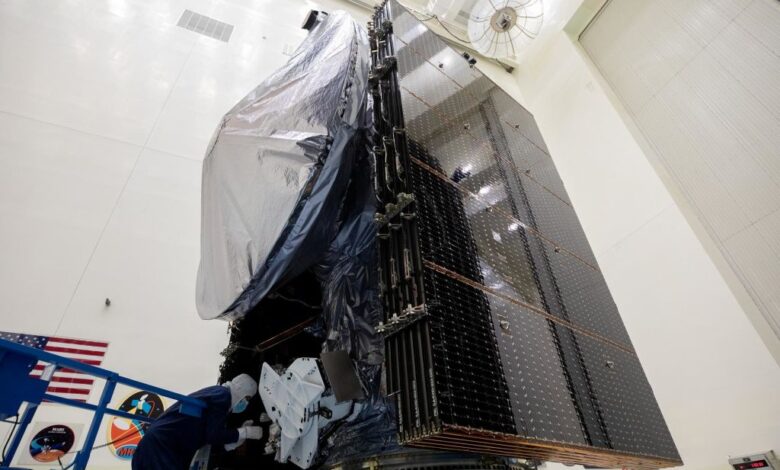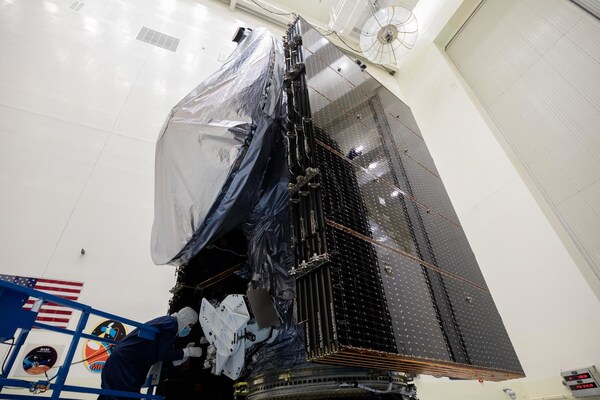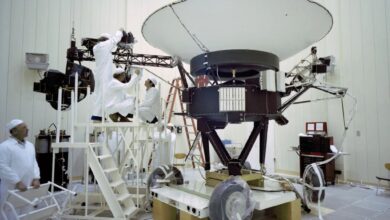BAE Systems celebrates launch of NASA’s Europa Clipper mission

BAE Systems (LON:BA) is celebrating the successful launch of NASA’s Europa Clipper spacecraft from Kennedy Space Flight Center in Florida last week. The satellite will orbit Jupiter and conduct the most detailed observations ever of one of its moons, Europa, with the goal to assess potential life sustaining environments below its icy surface.
BAE Systems supported development of E-THEMIS, a camera that will map different temperatures across Europa’s surface.Post this

BAE Systems supported the Arizona State University (ASU) School of Earth and Space Exploration and the school’s Principal Investigator Dr. Philip Christensen in the development of the Europa Thermal Emission Imaging System (E-THEMIS). One of nine instruments on the spacecraft, E-THEMIS is a high-resolution, multi-spectral, heat-detecting camera that will map different temperatures across Europa’s surface. Using this data, scientists will search for relatively warm locations and geothermal vents erupting water, which could provide evidence of a liquid ocean under the surface and help to characterize the properties of the moon’s crust.
“Europa Clipper will provide the scientific community with the most comprehensive examination ever of this mysterious moon, offering critical data in support of humanity’s ongoing search for life and habitable worlds beyond our own,” said Dr. Alberto Conti, vice president and general manager of Civil Space for BAE Systems Space & Mission Systems. “Our team is proud of the role we played in supporting this mission, and we eagerly await new discoveries from Europa Clipper.”
BAE Systems provided the engineering model in addition to flight power and control electronics for E-THEMIS. The company also assisted in the development and integration of the radiation-hardened microbolometer focal plane assembly and was responsible for the overall system radiation hardening and mitigation. The ASU team designed and built the E-THEMIS instrument, along with leading testing and calibration for the instrument. The ASU team will also lead E-THEMIS mission operations and science data processing.
Europa is the fourth largest of Jupiter’s 95 moons — about 90% the size of Earth’s moon — and is widely considered to be one of the most suitable locations in the solar system for life, largely because of its suspected subsurface ocean that could hold twice as much water as Earth.
Europa Clipper launched aboard a SpaceX Falcon Heavy Rocket. The satellite will orbit Jupiter for four years, performing 49 flybys of Europa beginning in 2031.





